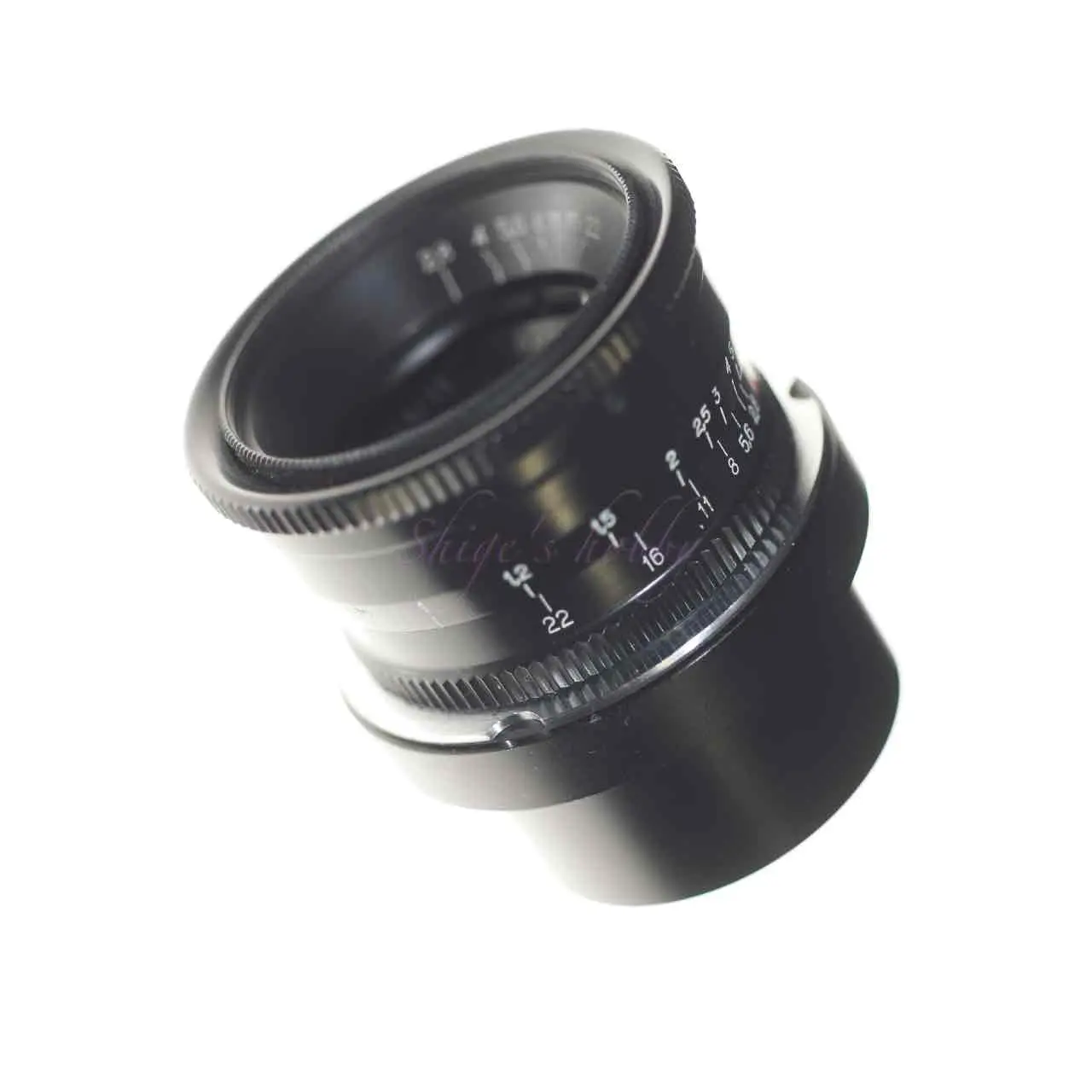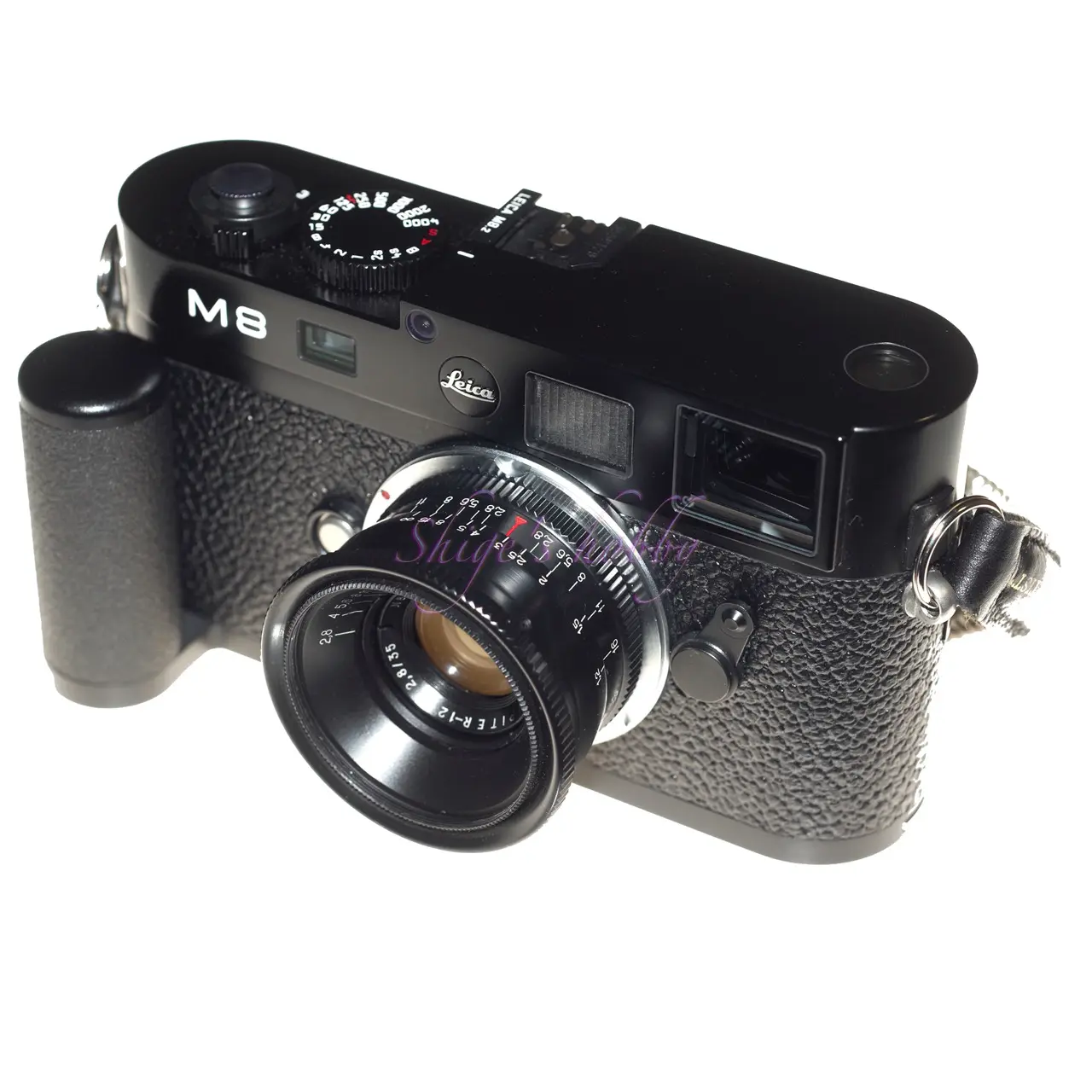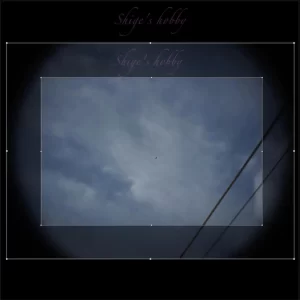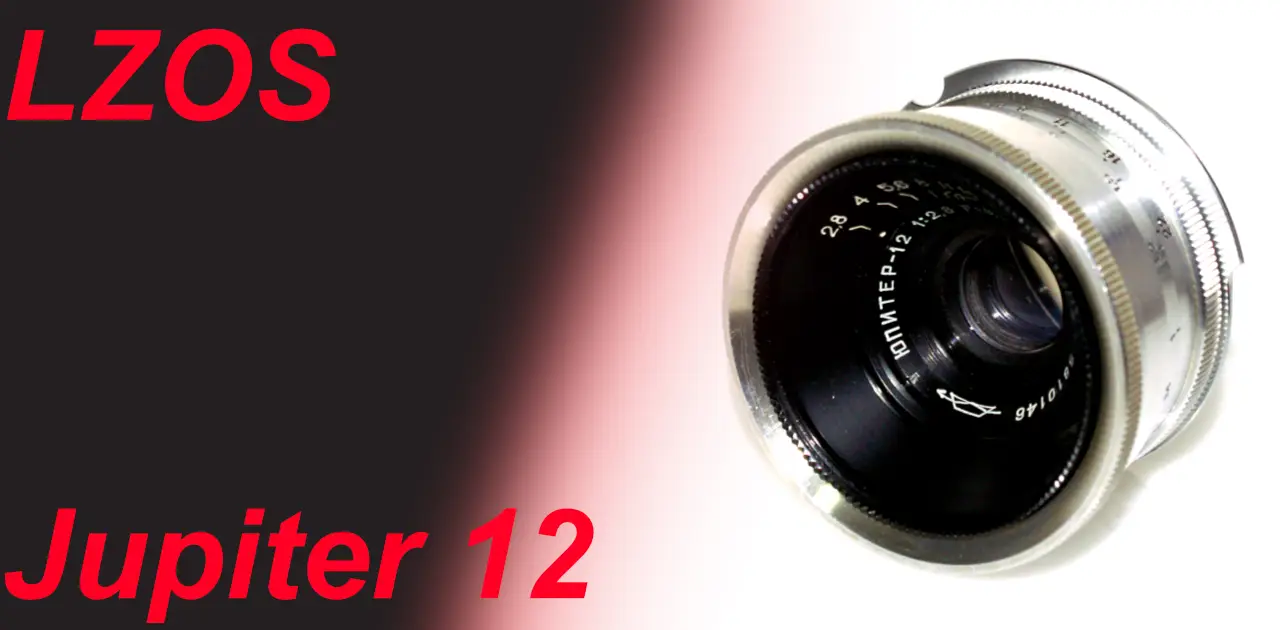Last updated on 2025-08-30
A review and photo examples using the Russian-made Jupiter 12 35mm F2.8 with film and digital cameras.
- Please see the disclaimer regarding advertising here.
- Italicized links in the text are advertisement links that take you to other sites.
Table of contents
Gallery
The following cameras were used for the sample photos:
Review
1.Overview
The Jupiter 12 35mm F2.8 is a Russian-made lens said to be a copy of the Zeiss Biogon, and is characterized by its symmetrical optical system and protruding rear lens element. For more information on Biogon copies, please see the links to several reviews.
The main specifications are as follows, with details listed in the table.
- Maximum aperture: f/2.8
- Lens construction: 6 elements in 4 groups
- Aperture blades: 5
- Minimum focusing distance: 1.0m
- Leica M rangefinder camera rangefinder coupling: 1.0m
- No hood
- Lens color options: Silver and black


2.Usability
The Jupiter 12 35mm f/2.8 produces reasonably decent images for a lens with an unusually large, rear element positioned close to the film plane.
This is likely due in large part to the 35mm focal length, but there is almost no vignetting or color cast issues in the results, as you would expect with a wider-angle 21mm lens with a rear element positioned closer to the film plane.
However, while resolution is high in the center, the image becomes softer towards the periphery. In some scenes, the periphery appears to disintegrate. This effect is good for highlighting the subject, but it is not suitable for archival purposes, as the resolution on the image plane is uneven. The symmetrical optics used in this lens means there is little distortion in straight lines, which makes the softness at the periphery a disappointment.
Also, when shooting at full aperture, despite the f/2.8 value, the focal plane feels thinner and more sensitive than the number suggests.
If you focus at a desired position and then shift your shooting position to change the composition, the focus will often shift as well, which is where you can really feel the narrow sweet spot of this lens.
The aperture has an odd number of five blades, which allows for 10 rays of light. The minimum focusing distance is 1m, the standard value for a Barnack Leica, and with a rangefinder camera this lens just doesn’t allow you to get close enough. With a mirrorless camera, this weakness can be avoided by using an auxiliary helicoid.
However, this large rear lens element can sometimes cause problems when mounting it on a camera.
As you can see from the camera used in the gallery, this lens can be mounted on almost any camera with a 35mm full-frame (full-size) sensor without any problems. The LEICA M8 has an APS-H-sized sensor, but the sensor portion was designed with 35mm full-frame sensors in mind, so there is ample space to mount this lens.
When used with the LEICA M8, the small sensor has the effect of cropping the peripheral areas, where image quality tends to be distorted, resulting in a focal length of 35*1.33=47mm, almost the same as that of a standard lens, making it an easy-to-use lens.
However, the problem remains with cameras with smaller sensor sizes, such as APS-C and Micro Four Thirds sensors, where the rear lens element often comes into contact with the walls surrounding the sensor, making it impossible to mount.
When mounting this lens on a small-sensor camera, careful attention must be paid to ensuring there is no interference between the camera and lens.
From what I can tell, it was not possible to attach it to the LEICA T, TL, and CL series, including the LEICA T typ701, the SONY α NEX series, or the PANASONIC LUMIX GM5.
When I used it with the HASSELBLAD X2D, which has a larger medium format digital sensor, it was found that the image circle did not cover 44x33mm, and that 35mm was the limit.

3.Summary
In conclusion, to sum up the Jupiter 12 35mm F2.8 is a lens that can be used as long as it can be attached to a camera. Its sharpness in the center is comparable to that of modern lenses, but there is noticeable image distortion in the periphery. It is good for subjects with a central main subject, but otherwise the results are not so good.
Specifications, considerations, etc.
Russian lenses are either unearthed from dead stock or newly manufactured, and the condition of the lenses is unclear, so they are sold at a wide range of prices. It seems safer to either buy cheaply, knowing that they’ll be junk, or to see them in person before purchasing.
I’ve actually bought them three times because they were so cheap, and although the condition varied, I noticed oil seeping into the aperture blades on all three, and it seems like Russian lenses are quite prone to oil seeping into the aperture blades.
It’s not a problem as long as the oil doesn’t harden and the blades don’t open, but I feel like it will harden if left in a humidity-controlled cabinet for too long.
The first lens I bought was made by KMZ, and the second and third lenses were made by LZOS. There seems to be another manufacturer, Arsenal, who makes them, but I’ve never seen them.
The Russian L39 screw-mount lenses are available in a range of focal lengths: 20mm, 28mm, 35mm, 50mm, 58mm, and 135mm. Until the late 2010s, it was sold at a fairly low price, but in the 2020s, like other Leica mount compatible lenses, the price has risen, and it is no longer a price that makes it a good idea to try it out just because it’s cheap.
- Russar MR-2 20mm
- Orion 28mm
- Jupiter-12 35mm
- Jupiter-8 50mm F2
- Jupiter-3 50mm F1.5
- Induster series 50mm
- Jupiter-11 135mm
| Items | Jupiter 12 | Biogon | C-Biogon |
| Focal length(mm) | 35 | 35 | 35 |
| Max aperture | 2.8 | 2.8 | 2.8 |
| Min aperture | 22 | ← | ← |
| Lens Construction | 6elements in 4groups | 6elements in 4groups | 7elements in 5groups |
| Leaf blade | 5 | ← | 10 |
| Min distance(m) | 1.0 | ← | 0.7 |
| Lens length(mm) | 30 | ? | 30 |
| Max diameter(mm) | 51 | ? | 52 |
| Filter Size(mm) | 40.5 | ←(Not a 0.5 pitch?) | 43 |
| Hood | – | – | Bayonet hood |
| Release date | 1950(L39)- | 1937(Contax) | 2008(VM) |
| Construction number | – | – | – |
| Weight(g) | 116 with Walz hood | ? | 200 |
Affiliate links
- Please see the disclaimer regarding advertising here.
- Italicized links in the text are advertisement links that take you to other sites.

- jupiter12 35mm・Ads by ebay
Reference links
- Link to Wikipedia’s description of Jupiter lenses.
- Yoshifumi Kikuchi has contributed a review to page 140 of Leica Lenses of the World Part 2.
- Review: Jupiter-12 35mm 2.8
- Jupiter-12 35mm F/2.8 Lens Review – Playing Russian Roulette with a Zeiss Copy
Update history
- 2025.8.9
- 2024.05.05
- 2023.12.31



Be First to Comment